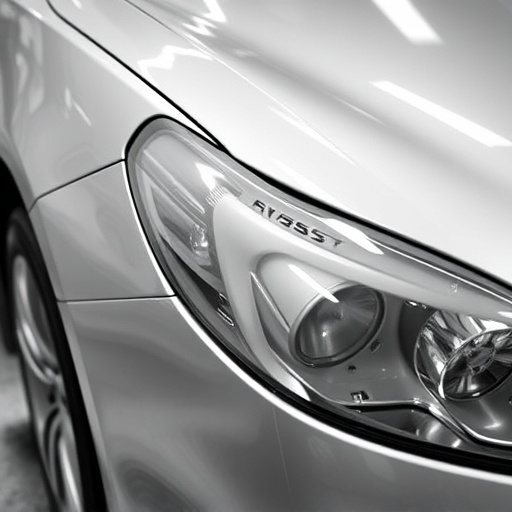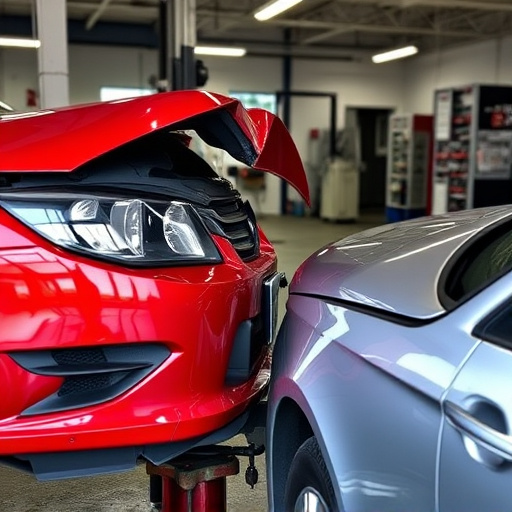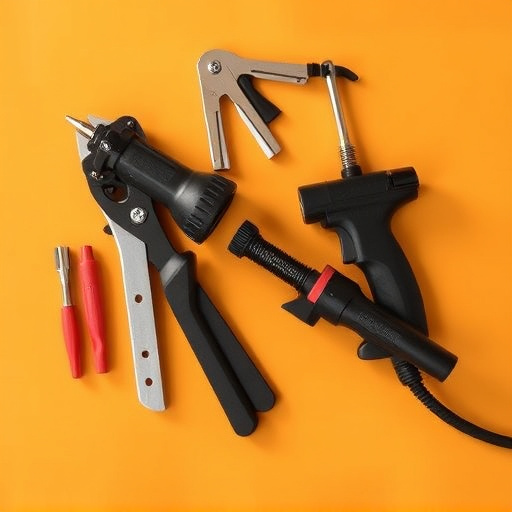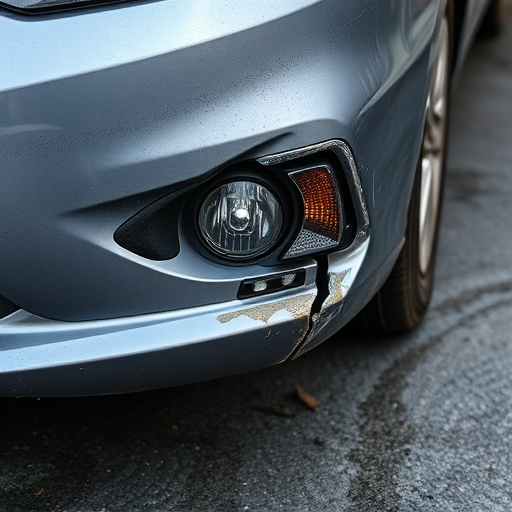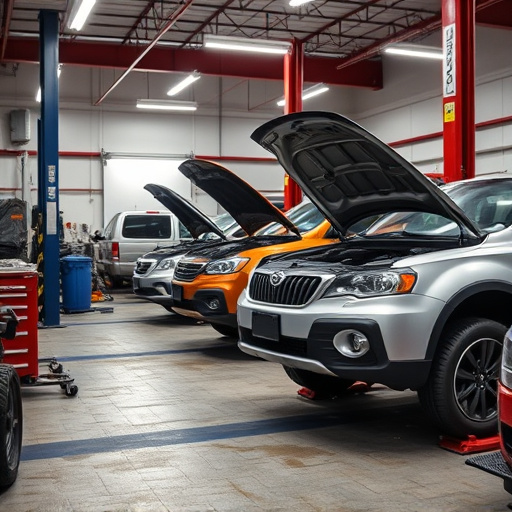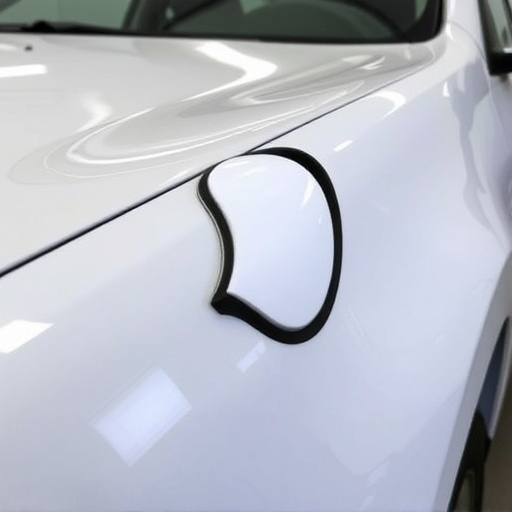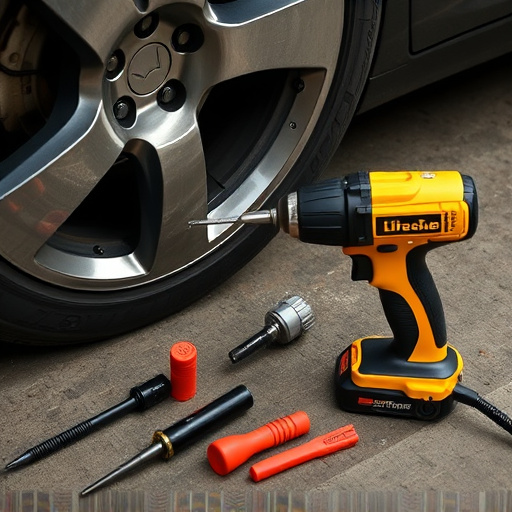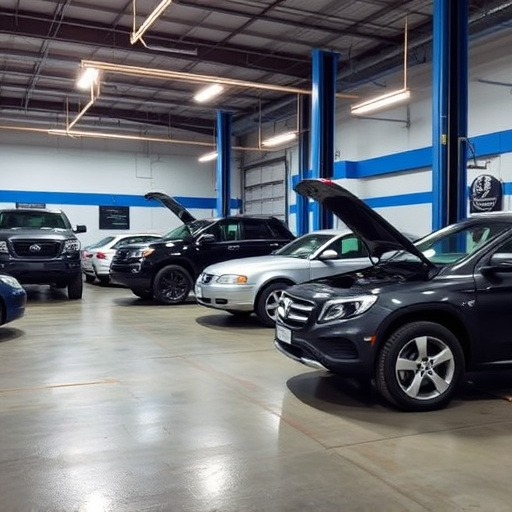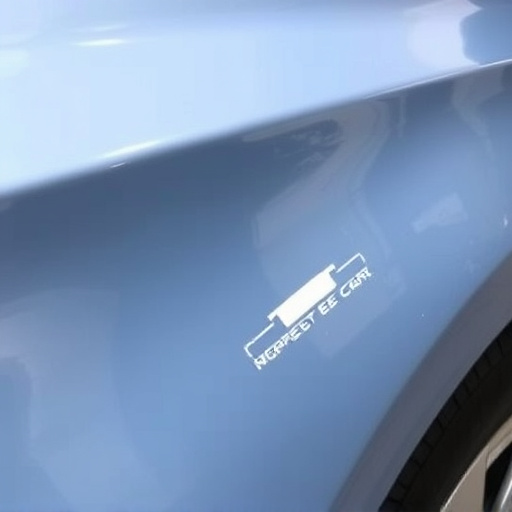Tesla's Air Suspension System offers advanced ride comfort and control via compressed air adjustments, contrasting traditional spring systems. Regular maintenance is vital for optimal performance. Repairs require specialized knowledge, addressing issues like sensor malfunctions or structural damage. Active Ride Control (ARC) monitors road conditions in real-time, adjusting air pressure for seamless driving. Troubleshooting involves checking error codes, maintaining air pressure and valves. Severe issues may necessitate professional Tesla air suspension repair services from specialized auto collision centers.
“Dive into the world of Tesla’s advanced air suspension systems and discover how these innovative features contribute to a smooth, dynamic ride. This article guides you through understanding the complex mechanisms behind Tesla’s Active Ride Control—a game-changer for comfort and handling. We explore common issues plaguing these high-tech suspensions and provide detailed repair procedures for DIY enthusiasts or a reference for professionals. By the end, you’ll be equipped to navigate potential problems, ensuring your Tesla maintains its signature ride quality.”
- Understanding Tesla's Air Suspension System
- Common Issues and Repair Procedures
- Active Ride Control: How It Works and Troubleshooting Tips
Understanding Tesla's Air Suspension System
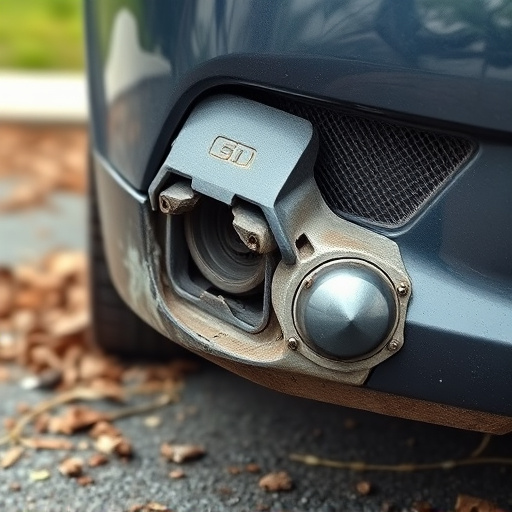
Tesla’s Air Suspension System is a groundbreaking feature that offers unparalleled ride comfort and control. Unlike traditional spring-based suspensions, this system utilizes compressed air to adjust the vehicle’s height and smooth out road imperfections. The active ride control system continuously monitors road conditions, enabling the suspension to adapt swiftly, providing both a comfortable and safe driving experience. This advanced technology is what sets Tesla apart in the automotive industry, offering a unique advantage over conventional vehicles.
Understanding how this system works is crucial when considering Tesla air suspension repair. The system comprises air springs, control valves, and sensors that work in harmony to maintain optimal vehicle height and stability. Regular maintenance, including checking air pressure levels and replacing worn-out components, is essential to ensure the system functions at its best. A vehicle body shop specializing in Tesla repairs can offer expert advice on maintaining this complex yet innovative system, ensuring your car’s suspension remains in top condition, enhancing both ride quality and safety.
Common Issues and Repair Procedures
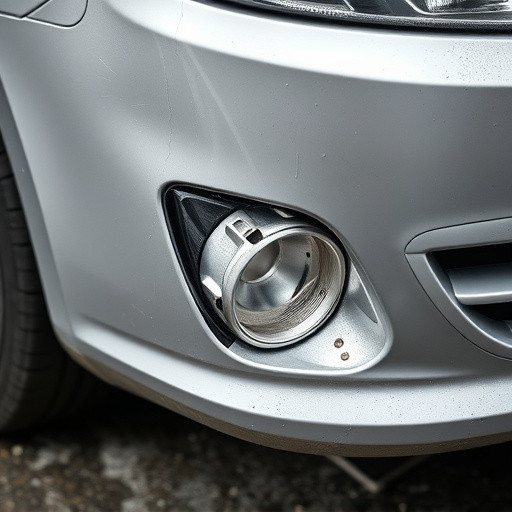
Tesla air suspension systems, renowned for their precision and luxury, can encounter issues over time. Common problems include sensor malfunctions, leading to improper height adjustment or unpredictable ride quality. These sensors, responsible for monitoring vehicle weight and position, are integral to the system’s performance. A faulty sensor can cause the air springs to deflate or inflate incorrectly, resulting in a bumpy ride or a vehicle that sits unusually high or low.
Repairing these systems requires specialized knowledge and equipment. For minor issues like sensor glitches, a diagnostic scan and software update might be sufficient. However, more severe damages, such as those from vehicle collisions or hail damage repair, may necessitate replacing components or even the entire air suspension system. Proper car bodywork techniques are crucial during repairs to ensure structural integrity and maintain the vehicle’s aesthetic appeal.
Active Ride Control: How It Works and Troubleshooting Tips
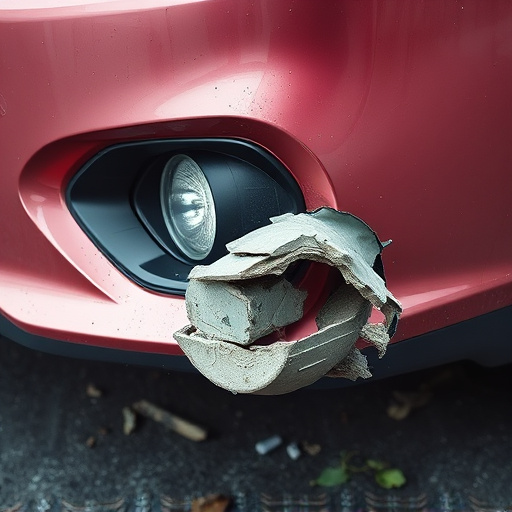
The Tesla Air Suspension System’s Active Ride Control (ARC) is a sophisticated technology designed to deliver seamless and comfortable driving dynamics. It achieves this by continuously monitoring road conditions and adjusting air pressure in real-time, ensuring optimal vehicle height and stability. ARC actively responds to changes in terrain, weight distribution, and driving speed, providing enhanced control and passenger comfort. This advanced system is integral to Tesla’s signature smooth ride, especially on uneven surfaces.
When troubleshooting issues with the ARC, drivers should first check for any error codes or warning lights on their vehicle’s dashboard, which can indicate specific problems. Regular maintenance, such as keeping air pressure at the recommended levels and ensuring all valves and sensors are in good condition, is crucial to prevent premature wear and tear. If unusual noises, irregular ride height variations, or a loss of control are experienced, it may signal a need for professional Tesla air suspension repair services. Visiting a reputable auto collision center with expertise in electric vehicle systems can help diagnose and resolve issues effectively, ensuring your Tesla maintains its superior handling and comfort features.
Tesla’s Air Suspension System, with its active ride control, enhances driving comfort and stability. However, common issues like leaks, sensor malfunctions, or loss of control can arise, necessitating a thorough understanding of the repair procedures. By addressing these problems promptly, Tesla owners can ensure their vehicles maintain optimal performance and safety. For any Tesla air suspension repair, seeking professional guidance is key to achieving precise and lasting solutions.

